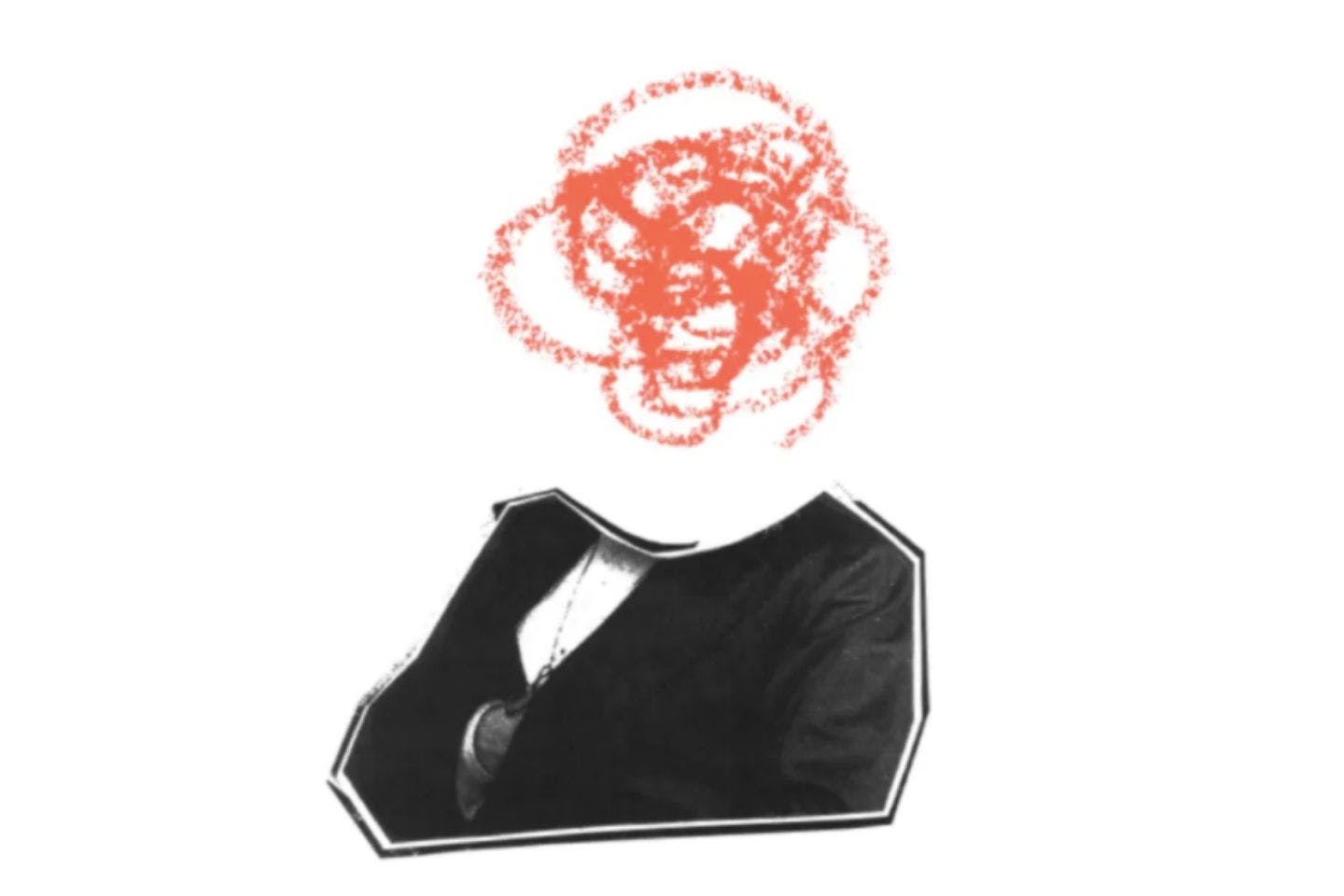
Economics, History, Philosophy, Sociology
This piece was originally featured on Research Matters.
Revival on 15th Street, a cheap bar with a patio, became a regular spot for the NSSR community to meet for a post-class drink near campus. One particular group of graduate students routinely went to Revival together every Friday night. They would talk about The New School, the chaos of graduate life, and the intricacies of leftist ideologies and movements happening in, around, and far from the university. These discussions soon became the inspiration to start their own magazine.
“The idea to establish Revival Magazine originated from the realization that The New School, and in particular NSSR, lacks accessible and student-led spaces where we can exchange ideas and arguments that are not academic in nature,” says founding co-editor and Economics MA student Ruben Brockbreder. “We wanted to create Revival to document these conversations, which, while most passionately delivered in the dim light of the bar and animated by Friday night spirits, would often dissipate within daily routine and university madness.”
“All That’s Left”
The first issue of Revival launched in May of 2019, entitled “All That’s Left.” “The quite gloomy title for Issue I describes our attempt to collect or survey the condition of leftist movements and parties around the world,” Brockbreder says.
The issue featured three sections: commentaries on the state of the left in seven different countries; research briefs spotlighting the work of MA and PhD students in NSSR’s Three-Minute Thesis Challenge; and art and essays on themes of labor, alienation, and a sense of belonging in and near the left. Submissions came from across NSSR, representing how social science students are grappling with today’s most pressing issues.
Ye Liu, a Sociology PhD candidate, wrote a commentary on China.
Amy Osika, a Historical Studies MA student, explored the use of satire by the New Left and the U.S. counterculture for social and political critique in 1960s.
P.J. Gorre, Philosophy PhD candidate and Coordinator of Academic Affairs at NSSR, shared advice from his mother amid difficult times.
Kalpa Rajapaksha, an Economics PhD student, presented photographs from “beyond the horizons of capital in New York City.”
Making a Magazine
But as Brockbreder tells Research Matters, an idea is far from enough to make a magazine materialize from scratch. The original team of five editors found funding for Revival through NSSR’s MA Project Grant, which provides support for initiatives launched by MA students that focus on learning, research, and community-building.
“From the very beginning, we all agreed that we wanted to produce a physical rather digital product that we could ‘hold in our hands and pass around’. From getting submissions for essays and artwork, to editing and finally printing and binding, everything in setting up Revival, in fact, has been refreshingly physical,” Brockbreder says. They printed and bound the magazine by hand at Parsons Making Center, with a digital copy created as an archive.
Isobel Chiang, a Creative Publishing and Critical Journalism MA student and Revival’s art director, has worked as a publishing fellow with the New Republic and as an assistant at both the Parsons School of Design and at a New York City design firm. She points to the Parson’s Graphic Design Lab and its technician, Joe Hirsch, as major resources for producing the physical magazine. She included her notes on design and layout in the arts section of Revival:
“Our goal when typesetting and laying out Revival was not to make a magazine that succumbs to stale associations of leftism (the color red, images of people protesting, stars, etc.),” she writes. “Our goal, instead, was to somehow carry over the spirit of the left into a print product.” The magazine uses only three colors on uncoated paper.
Publication design is an essential part of the Creative Publishing and Critical Journalism (CPCJ) curriculum. All CPCJ MA students take Design and the Future of Publishing, a hands-on studio course investigating typography, book and pamphlet design, digital printing, content on the web, and ideation. They also examine contemporary issues that cross design and publishing through readings and analysis of contemporary books, magazines, and periodicals across both printed and digital platforms. Every spring, Parsons School of Design undergraduates join CPCJ students in multidisciplinary teams that work to create conceptual publishing projects — a truly New School-only experience.
Looking Left of The New School
Buoyed by student response and a second MA Project Grant, Revival’s editors are working on its second issue, “For our second issue, we now want to shift the focus from the global to the local to focus on the movements and debates organized by New School students and workers,” Brockbreder says.
Submissions for the second issue should touch broadly on the relationship between leftist ideas and ‘liberal institutions,’ such as The New School, timely in the year of its centennial. Some topics suggested in the call for submissions include how the New School’s health insurance policy is affecting students, the meaning and symbolism of sanctuary schools, and labor organizing on campus and at other academic institutions.
As the first issue told us, “We want to continue thinking beyond academia; coming from within but looking beyond. This is an attempt at reviving that tradition.”